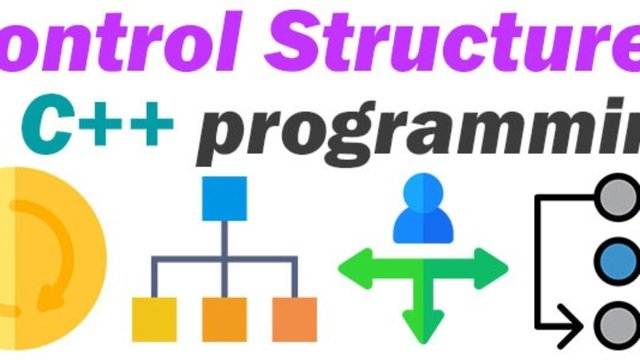what is control structre in c
In C programming language, control structures are used to control the flow of execution of a program based on certain conditions or criteria. Control structures allow a programmer to specify what actions to take under different circumstances, based on the values of variables or the results of logical expressions.
There are three main types of control structures in C:
Conditional statements: Conditional statements are used to execute a block of code based on a particular condition. The most common conditional statement in C is the "if" statement, which allows a block of code to be executed only if a specified condition is true. Other conditional statements include "if-else", "nested if", and "switch" statements.
Loops: Loops are used to execute a block of code repeatedly as long as a certain condition is true. The most common loops in C are "while", "do-while", and "for" loops.
Jump statements: Jump statements are used to transfer control to a different part of the program. The most common jump statements in C are "break", "continue", and "goto" statements.
Control structures are essential for writing efficient and effective programs in C, as they allow programmers to implement complex logic and algorithms in a structured and organized manner.
